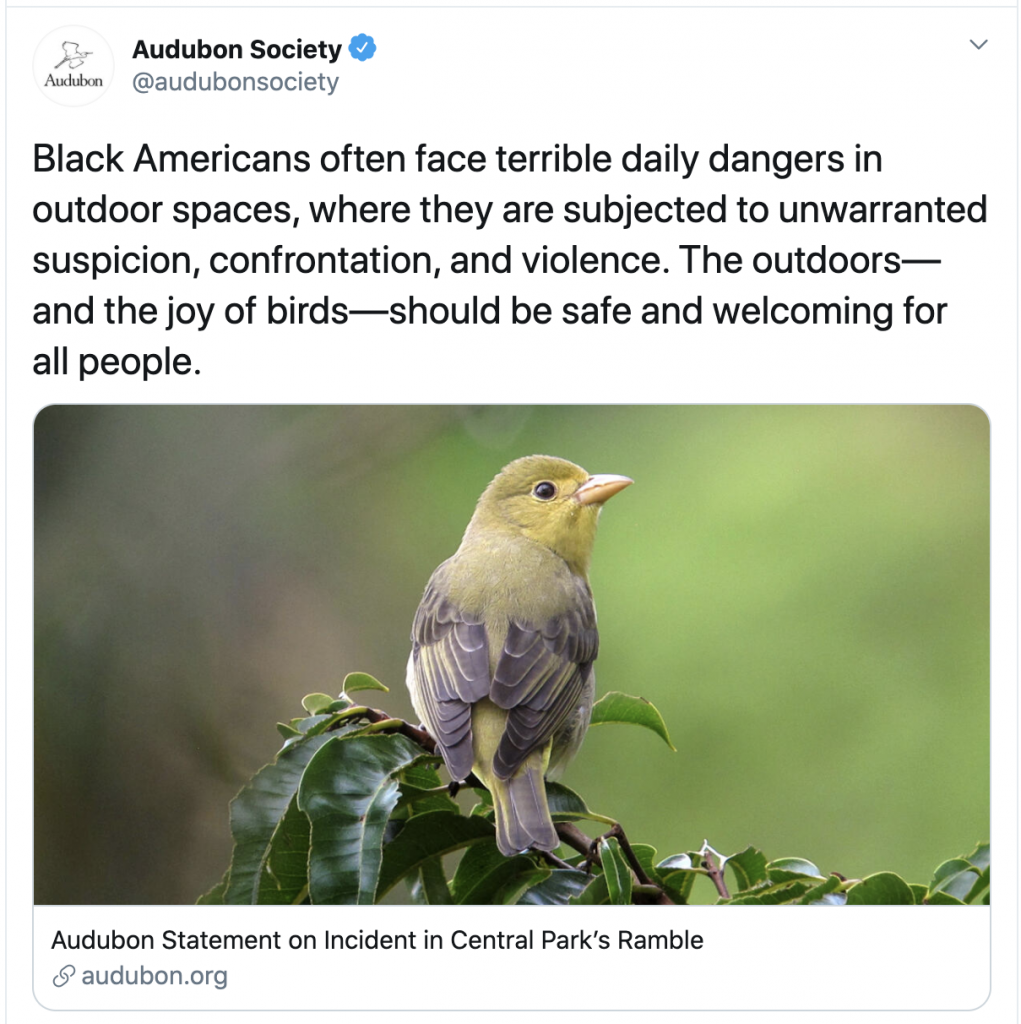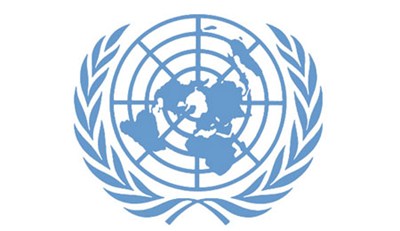
I don’t believe COVID-19 is going away this month, June, the month that marks the easing of lockdowns all over the USA. That’s why a lot of people – myself included – are going to continue to avoid large groups, even if they are outside, and avoid going inside for any meeting whatsoever, until further notice, regardless of what governments say. It’s very likely lockdown measures will be re-introduced in many places in the Fall, when there is a resurgence in the virus transmission. And all that presents a myriad of problems for nonprofit organizations. And one of those many problems is recruiting board members.
Board members are recruited from cultivating personal contacts, from building relationships with people over time, and this is best done in person – and I say this as an expert in virtual volunteering. Absolutely, you can work with board members online. You can have board meetings online. You can get a LOT done with a board online (and the Virtual Volunteering Guidebook can help). But identifying and recruiting board members entirely online is really difficult. Still, yes, it can be done.
If you are looking for the best place to post online about your board member needs – this isn’t the advice for you, because just posting “We need board members” is not how you get board members.
Instead, first, make sure your web site is rich in information on what your program has accomplished. You want a web site that inspires, not that begs. You want a web site that shows your staff’s credibility and expertise and capabilities for doing the work that needs to be done – not just “We have a good heart.”
If you haven’t established your organization formally yet – your program isn’t yet a nonprofit because, in part, you haven’t recruited a board of directors – then you still start a blog or web site, right now, about the organization you want to start, what it is you want it to achieve, the data that proves it is needed, and profiles of the people currently involved. Your goal is a content-rich site that says, “This is an idea worth supporting,” not “I’m one person, I’m really passionate and I want to do this” or “I’m really desperate for money and support!”
You should have an associated Twitter account and Facebook page for your web site or blog. Use keywords appropriate to your mission and regional focus. Also post links to appropriate Subreddits – communities on Reddit (if your proposed nonprofit is focused on children’s welfare, for instance, find subreddits focused on that. If it’s focused on a specific region, find a subreddit focused on that). Also post to appropriate LinkedIn groups – if your group is focused on protecting wetlands, for instance, try to find LinkedIn groups focused on environmental causes.
Your goal is to create an online presence that either shows you are an established, credible, accomplished organization worth supporting, or, that you are well on your way to having the people and resources in place to make that happen. Here are blogs specifically that can help you further – and to avoid pitfalls in launching a nonprofit or in nonprofit management.
- Signs that a nonprofit idea is doomed – a blog inspired by Anthony Bourdain
- Advice for starting a Nonprofit or Non-Governmental Organization (NGO)
- The first steps for a nonprofit dream
- Learning from a nonprofit’s failure
- Nonprofits: Use the Car Mechanic Business Model
- Accountability is a MUST for nonprofits, NGOs & charities
- Mission-Based Groups Need Use the Web to Show Accountability
Think about what you want out of new board members. Fundraisers? If you expect board members to raise funds, put that in your board role descriptions. Be upfront about how much you expect board members to raise or to give annually. Note how long you expect a board member to make a commitment to serve – a year? Two? Also state the status of your board liability insurance and the responsibility of the board to keep it current. There are plenty of places online to find sample board member role descriptions. Have the board member roles description on your web site and a way someone could express interest in perhaps being a board member – filling out a volunteer application, sending an email, etc.
By having this clear, robust information online, you will start to attract followers on social media – and, perhaps, online volunteers to help you with further web site development, research, social media management, etc. Invite all local officials – mayor, city council members, county officials, your US Representative, police chief, fire chief, city manager, etc. – to follow you on Twitter and Facebook. If local officials are mostly white men, look for nonprofits and cultural organizations that are focused on women, Black Americans, Latinos, Asians, and any group that represents communities not represented by the culture and ethnicities of elected officials, follow them on social media, comment supportively on what they are doing and ask questions, and make sure they know you care about THEIR work. Look for online events where anyone you might want on your board, or that you want to know about your organization, will be presenting and attend those online. Get all of these people used to hearing from you as an active, involved member of your local community.
Once you have done all of the above – and all of the above takes months – consider having a Zoom, WebEx, Microsoft Teams, Google Talk or whatever online open house, a “ask me anything,” where you and your team are available on a specific day and time, for one hour, to give a brief, inspiring pitch about your program and then you invite questions from the audience. Promote this event via your social media channels, your email newsletter, etc.
Only then are you ready to start your direct board recruitment process: look at the LinkedIn profiles or web sites of people that comment on your posts, that ask you questions, that attend your online open houses and that volunteer – they have shown they are interested in your work. They are your best prospects for board members. Are there people among this group with profiles that make you think they might be a good board member? If so, you can absolutely reach out to such a person personally: an email that says you would like to talk to them about possibly joining the board, a link to the description of what a board member does, and an invitation to a no-obligation talk.
Can you also post to sites like VolunteerMatch to recruit board members? Yes, but you are unlikely to find such that way, especially if you haven’t done all of the above. Again, effective, committed board members come from cultivation, not just an advertisement that you need such.

If you have benefited from this blog or other parts of my web site and would like to support the time that went into researching information, developing material, preparing articles, updating pages, etc. (I receive no funding for this work), here is how you can help.







